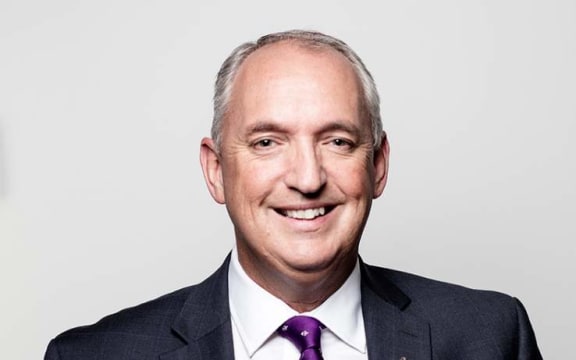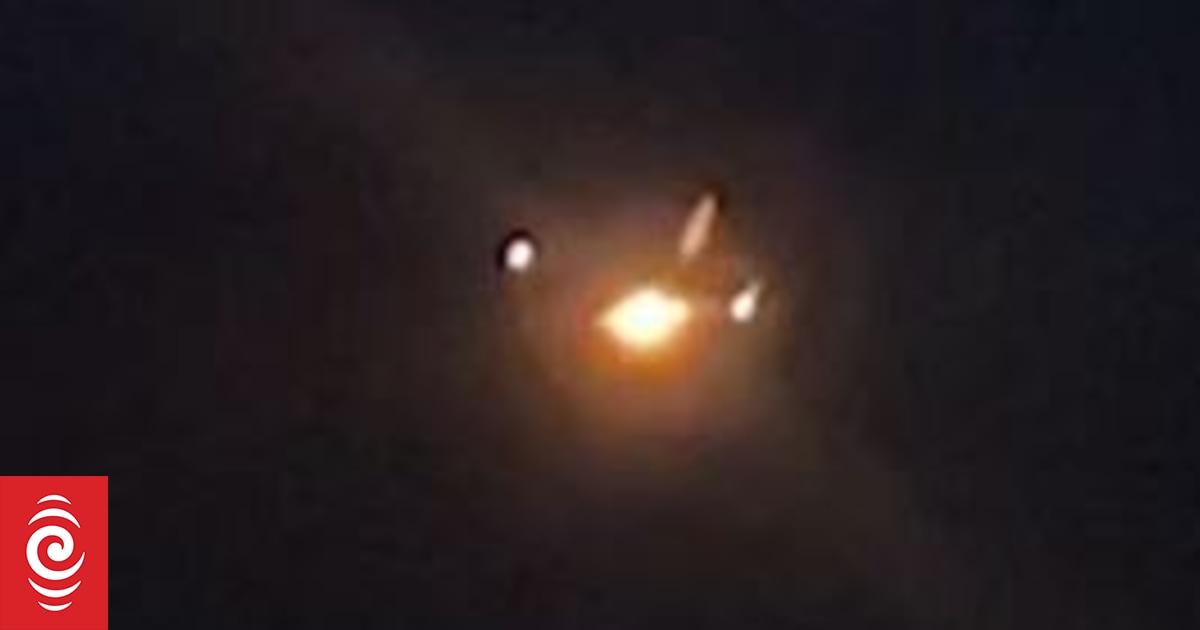Virgin Australia is working to get passengers back to Melbourne as soon as possible after a frightening take off from Queenstown last night.
Flames were seen coming out the back of a Boeing 737 that departed from Queenstown on Monday evening, forcing the plane to divert to Invercargill where it landed safely.
It’s believed the plane carrying 67 passengers and six crew suffered a possible bird strike.
Virgin’s Chief Operations Officer Stuart Aggs said the airline arranged overnight accommodation for passengers.
The airline was arranging for their earliest travel to Australia, he said.
“We wish to express our appreciation for the support of Invercargill Airport, Emergency Services, local Air New Zealand team members and our crew onboard in helping to support tonight’s response effort.”
Air New Zealand’s chief flight operations and safety officer Captain David Morgan told First Up pilots and cabin crew were trained to deal with bird strike.

Air New Zealand’s Chief Flight Operations and Safety Officer Captain David Morgan.
Photo: Air NZ
He said he experienced it himself near Invercargill “many years ago”.
“Took a couple of oyster catchers down the left edge and we had the same situation where you have flames coming out the back of the engine, nothing to be concerned about from a pilots perspective but very disconcerting for the customers I’m sure.”
While the Monday incident would be investigated by both the Civil Aviation Authority and the Transport Accident Investigation Commission, Morgan said the important thing was they landed safely and everyone was ok.
“It looks like, to me, a bird strike has occurred on take off out of Queenstown and when that does happen it upsets the gas path or the airflow through the engine and that does cause a backfiring that can occur and that causes the flames.”
Turbulence ‘not going away’
The possible bird strike comes after clear air turbulence caused two people to be injured on an Air New Zealand flight out of Wellington on Sunday.
David Morgan said there were different types of turbulence, some which could be forecast and others which couldn’t.
“New Zealand is a country that has a lot of turbulence and we handle it pretty well most of the time.”
Wellington, Dunedin, Queenstown and Christchurch were particularly prone to turbulence because of the hills near the airports, he said.
“There’s no doubt about it that the issue is not going away, it’s potentially getting worse.”
It was a good justification for people always having their seatbelt on, even when the light was off, Morgan said.

